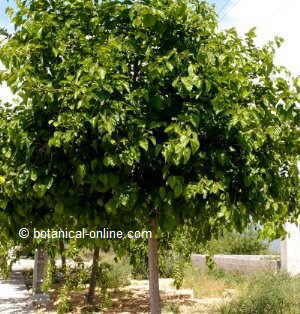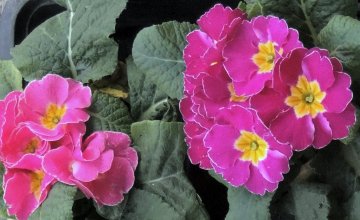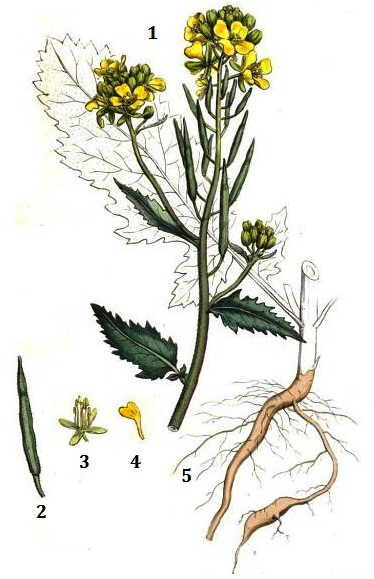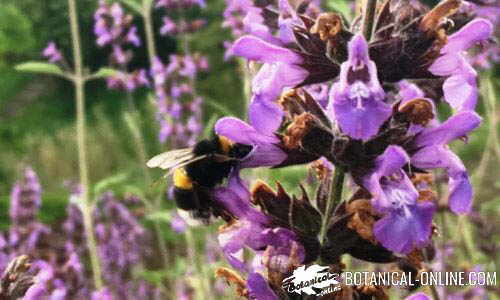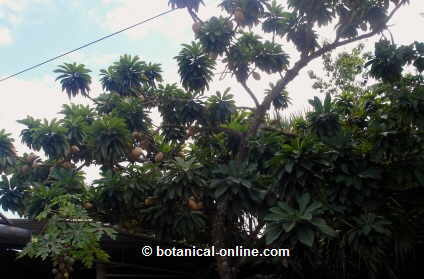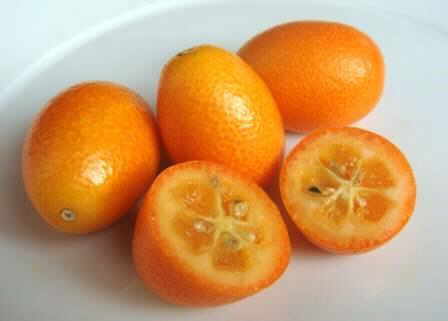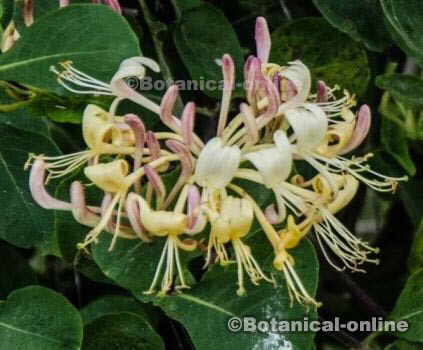Contents
WHAT IS A MULBERRY TREE?
Characteristics of mulberry (Morus nigra)
Photo of a mulberry tree
| ||||||||||||||||||||||
Common English name: Black mulberry
Scientific name: Morus nigra L.
Family: Moraceae
Habitat and distribution: Originally from West Asia, Persia, but naturalized throughout the Mediterranean region since antiquity. It can be found as an ornamental tree in gardens and avenues around the world.
Description of mulberry
Mulberry tree (Morus nigra) is a deciduous tree with a broad crown, from 5 to 10 m. height.
Trunk with bark typically cracked.
Hearty, lobed or ovate leaves, with unequal teeth and acuminate apex, 7 – 22 cm. of length; 6–10 cm wide.
The inflorescence is a catckin or cluster, with monoecious flowers (female flowers and male flowers in the same tree).
The fruits of the mulberry are also called mulberries. They are infrutescences or multiple fruits.
Fruits of the mulberry tree: mulberries
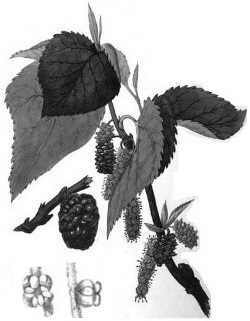 Botanical illustration of black mulberry, leaves, flowers and fruits. (Morus nigra) Botanical illustration of black mulberry, leaves, flowers and fruits. (Morus nigra) |
In summer, mulberry is loaded with plenty of fruits, and these mature between July and September.
It is necessary to choose the ripe fruits, because before their maturity they are very bitter, or if they are past of maturity, they can be in bad state.
The months of consumption are between the end of August and September.
Black mulberries, before ripening are white, while, once ripened, become red, and at the end of their maturity, at their optimum, they are black. They have a sweet and slightly acidic taste, which makes them very appetizing and refreshing.
Uses of mulberry
It is used as an ornamental tree, for its wide crown and large leaves, which provide valuable shade in the summer months, in addition to its fruits.
Andrés Laguna writes in the sixteenth century: “Mulberry is so friendly to human conversation that it does not wonder why it wants to live in the mountains or depopulated, but always in places frequented by men, who, with their pleasant and tasty fruit, Keeps together with meat and wine “.
In many places, mulberry was not cultivated but to feed silkworms (Morus alba leaves are used for this purpose).
Fruits are eaten raw or cooked, in syrups, preserves and jams. Its flavor is acid and slightly sweet.
As we shall see below, black mulberry is a medicinal plant.
Mulberry components
Bark, leaves and fruits of mulberry tree are used for medicinal purposes. Its components are:
- Fruits: Rich in sugar (9 g per 100 g), protein, pectin, potassium, calcium, copper, vitamin C (35 mg per 100 g), anthocyanins, quercetin (276 mg. Per 100 g), resveratrol (such as grape and wine), tartaric acid, malic acid and other phenolic compounds (1422 mg of gallic acid per 100 g)
- Oxyresveratrol and mulberoside A, as main components (leaves and roots).
- Acids: chlorogenic acid, betulinic acid, gallic, protocathechic, p-hydroxybenzoic, vanillic, ferulic and cumaric acid. (leaves)
![]() More information on mulberry
More information on mulberry

